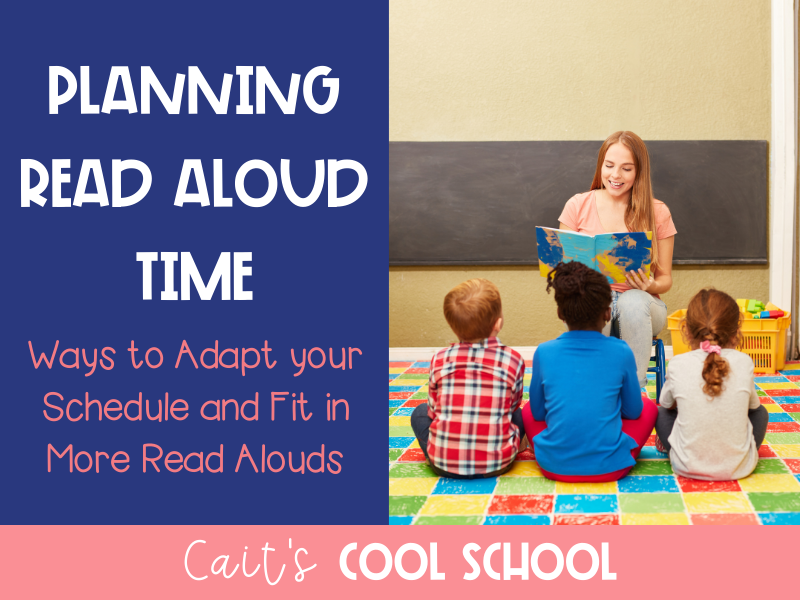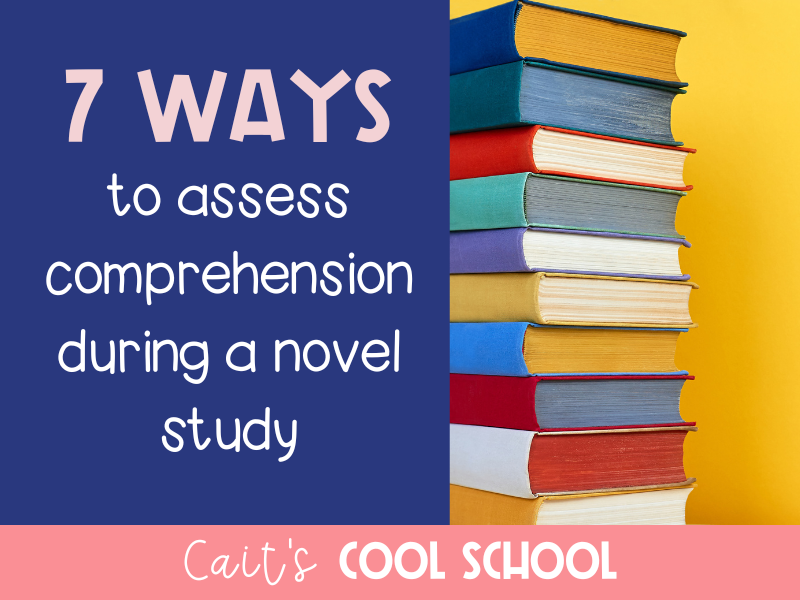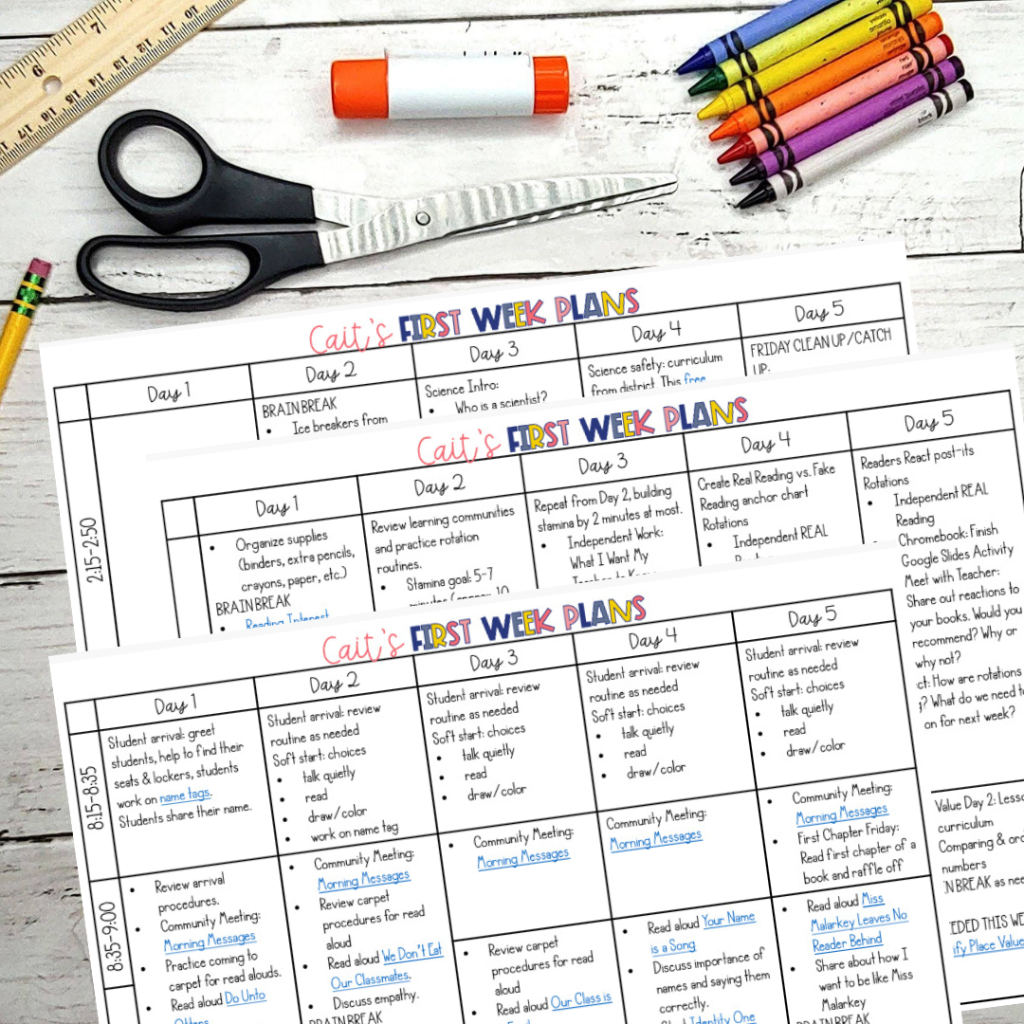First off, read aloud time is non-negotiable in my classroom. But how to fit it into an already packed schedule? Here’s what I’ve learned and how I adapted my schedule.
 |
| This post may contain some affiliate links, which means if you click on one of the links and make a purchase, I’ll receive a small commission. You will never incur a fee or charge for this. |
When I was in school, I remembered my teachers using read aloud time as something to fill in extra time we had. And that’s mostly what I started out my teaching career doing, because no one told me any better. I was given an aggressive teaching schedule, with little downtime for my students and not much wiggle room. So, I started out reading Sideways Stories from Wayside School during every spare second I had…and also during Science/Social Studies time on Fridays. At the end of the year, one of my students made me a card and told me that was his favorite memory from the whole year.
The next year, I changed schools and went from third to fourth grade. I tried to “fit in” read aloud time when possible. Didn’t work.
Finally, during my 3rd year (or 4th year, I honestly can’t remember), I started scheduling read aloud time every day. I saved 15-20 min at the end of my ELA block and it changed my year. My students loved ending our class with read aloud time. And so did I.
That was the first thing I learned about planning read aloud time. Here’s all the ways I’ve learned to plan and fit in even more read aloud time.
- Schedule read aloud time as part of your ELA block. At my previous school, I saved the end of class for read aloud time because I felt like it was a good way to transition from my class to the next one. I had to be very disciplined to stop whatever other classwork we were doing to save that time. Another one of our ELA teachers scheduled read aloud right after doing a short spiral review warm up at the beginning of the class because she felt like it worked better for her. At my current school, our ELA block is split into two chunks, so it works out that I use the second part of our morning block for read aloud time. Find a time of day that works for you and stick with it!
2. Find topic related read alouds for science and social studies. This can definitely be trickier, because if your school is anything like mine, there isn’t much time for science and social studies. Again, it’s something you have to schedule, and it will depend on the book you’re reading. If you have a picture book, you could use it as one (or two) lesson plans for the week. When I taught 5th grade, we learned about Native American tribes from every region, so I incorporated a folk tale (or two) from each culture.
Last week in science, I started reading I Survived the San Francisco Earthquake, 1906 because we are studying natural disasters. I love the way Lauren Tarshis describes the events in her books so clearly. We’re using the descriptions to add to our understandings of the effects of earthquakes. The chapters are so short that even though we don’t have much time for science, I can easily save 5-7 minutes for this extra read aloud.
3. Use morning meetings for SEL read alouds. We start each day with morning meetings. Whenever there’s a skill that my students need to work on (or be reminded about!), I use the time to read a picture book that addresses that need. Some of our favorites have included:
My whole school is also participating in Wonder Wednesdays for morning meeting. Each week, we read a designated portion of Wonder and then discuss it.
4. First Chapter Friday! This is a win-win activity. You add extra read aloud time AND you get students excited to read independently. I saw this idea on Instagram from @hansonhallway and started it last year with my 4th and 5th graders. It was awesome. Last year, I added this to my ELA block and this year, I make it part of our morning meeting.
Very simply, I read the first chapter of a book and then raffle it off to the class to read. They love listening to another read aloud, and it gets them excited to win the book. Often, I have students who will try to find another copy of the book in our school library. Each week, I try to pick a different book, considering genres, books in a series, students’ interests, and diverse representation.
These are some of the different ways I incorporate read aloud time in my classroom. How else do you add in read alouds?
For more about read alouds, check out this post with a list of suggested books for fourth grade and why I picked them and this post about my most recent upper elementary read alouds.
P.S. Read alouds are great for SEL, and so is this free Google Form! Grab it here.










 The first FIVE days of lesson plans for the beginning of the year.
The first FIVE days of lesson plans for the beginning of the year.